Countries With the Highest Inflation Rate: Since last year, inflation has been a significant issue for nations all over the world, particularly in light of the global economic issues that have cut across many borders and even continents. From consumer spending to government initiatives and interest rates, inflation affects every part of the economy. Since inflation can lower the value of investment returns, it is essential to understand global inflation.
In the context of economics, inflation is the rate of increase in a nation’s overall cost of products and services. According to the situation and the rate of change, inflation, which is linked to the supply and demand laws of economics, can be perceived positively or negatively. For instance, a small amount of inflation is typically seen as a sign that a nation’s economy is expanding and that its citizens are earning a sufficient living, both of which are positive things.
On the other hand, excessive inflation happens when price growth outpaces wage growth, causing the value of the currency to decline. The value of a single unit of money (a dollar, a euro, etc.) decreases from its previous level, which lowers the purchasing power of the country’s currency. On the other side, low inflation can also be a warning indicator of a stagnant economy and a lack of employment opportunities in a country.
Due to insufficient central banking systems in less developed nations, currency manipulation to achieve short-term economic goals commonly occurs, resulting in greater inflation rates. Interest rates consequently increase while the overall health of the economy remains unchanged. In developed nations and significant emerging markets, the inflation rate is less volatile. In this post, we’ll take a closer look at some of the countries throughout the world with the highest inflation rates.
Recommended: Bad Governance in Africa: Causes, Effects & Solutions
Top 8 Countries With the Highest Inflation Rate In The World 2024
1. Venezuela: With a recent spike to almost one million percent, Venezuela now has the highest inflation rate in the whole globe. Venezuela’s economy once ranked among the best in South America and had a high level of per capita wealth due to possessing the largest oil reserves in the world. However, because it relied on petroleum, the country was impacted by fluctuations in the price of oil. The nation’s economy was never able to fully recover from the 2016 oil price collapse.
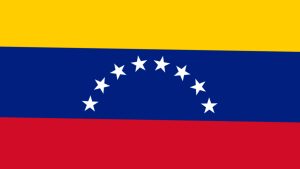
Venezuela is currently experiencing hyperinflation, a financial crisis that is typically brought on by a government’s excessive spending and the issuing of massive amounts of new currency to pay for its expenses. Venezuela has the greatest inflation rate of any country, according to the World Population Review, with a rate of 1198.0%.
2. Sudan: For the economy of Sudan in recent years, inflation has been a major issue. World Population Review reports that at the beginning of 2022, Sudan’s inflation rate was 340.0%, making it the second-highest in the world. Food, beverages, and a black market for dollars have all contributed to Sudan’s dramatic recent surge in inflation.
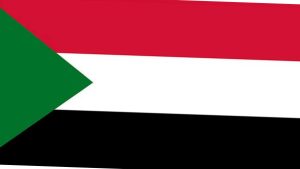
President Omar al-Bashir was overthrown in April 2019 as a result of protests caused by extreme inflation.In comparison to the same month the year before, Sudan’s inflation rate rose by 63.3% in February 2023. According to an analysis by Take-profit.org, the highest inflation rate in Sudan was 363%, while the lowest was -1%.
Also see: Differences Between Summary and Conclusion
3. Lebanon: A nation in Western Asia, the Republic of Lebanon, has had a string of financial crises. Following a $31 billion Eurobond default in March 2020, Lebanon’s economy completely collapsed. Lebanon is currently experiencing an economic crisis as a result of increased prices for utilities like water, energy, fuel, and healthcare.

One of the worst in contemporary history, according to the World Bank, is Lebanon’s financial situation. In February 2024, the central bank of Lebanon had to weaken its currency by an astounding 90% as a result of a spike in inflation that reached 124% in January 2023. As a result, retailers began listing their product prices in U.S. dollars. World Population estimates that Lebanon’s inflation rate is 201.0%.
4. Syria: In terms of purchasing power parity, Syria, officially the Syrian Arab Republic, is a Western Asian nation with a GDP that was last estimated to be $136 billion in 2021. Since the commencement of the country’s civil conflict nearly 12 years ago, Syria’s economy has never been worse.

In January 2024, the nation depreciated its currency by 50%, yet this still left it trading at a significant discount to the dollar’s black market value. Costs for food and other necessities have soared, leaving many households without electricity and forcing residents to scavenge for food.With a rate of 139.0%, it has one of the highest inflation rates worldwide, according to World Population Review.
See also: Meaning and Differences between Prose, Drama and Poetry
5. Suriname: South American nation of the Republic of Suriname attained independence from the United Kingdom in 1975. With a GDP of $10.7 billion, it is one of the least populous nations in the world. Suriname saw rapid growth in the years before 2019 and 2020.
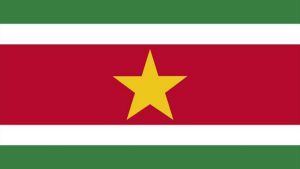
However, that growth decreased. Unrest in the nation is being fueled by austerity measures and a high inflation rate of 55.5%. To aid with problem-solving, the nation needs economic independence. The economy of Suriname is regarded as depressed and requires significant assistance to lower the inflation rate.
6. Zimbabwe: Zimbabwe’s high inflation is the result of a variety of economic issues. Many economists think that Zimbabwe’s monetary expansion is not necessary for the country’s economic expansion. Zimbabwe had the second-highest inflation rate on the continent of Africa, behind only Sudan, with an average of 90%.
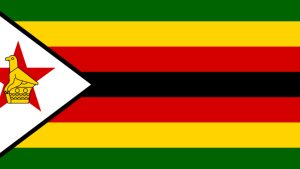
Though still high, the rate decreased from prior years. Zimbabwe struggles with incredibly unstable price levels due to its long history of hyperinflation. The country’s inflation rate reached a high of nearly 500 percent in 2020. According to Trading Economics, Zimbabwe’s inflation rate as of April 2023 was 75.20 percent.
7. Argentina: Argentina is the second-largest country in South America. While inflation is falling in some countries, it climbed in Argentina in January 2024 as consumer prices jumped by an excruciating and shocking 98.8% at a time when the policy rate was raised to an insane 75%.
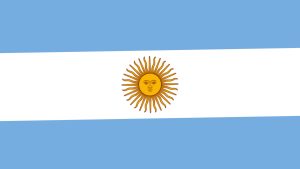
The reading was obtained after 2022 ended with inflation of 95%, and some people believe that things may not have changed much because inflation may increase to 99.9% in 2023. According to Trading Economics, Argentine inflation increased by 102.5% in February 2023 but increased by 104.3% in March 2023. It has maintained its highest levels ever since the country was released from hyperinflation in 1991.
Recommended: Most Dangerous Animals in the World (With Pictures): Top 13 Deadliest
8. Iran: The Islamic Republic of Iran is a nation in Asia with significant petroleum fuel reserves. With the most recent measurement of 47.7%, Iran is currently at risk of hyperinflation. Iranians are at risk of suffering from severe hunger as a result of the government’s decision to end subsidies for imported necessities.
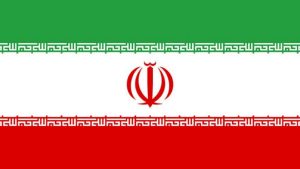
The consequences of U.S. sanctions have been blamed by the Iran Chamber of Commerce for the recent increase in prices. According to the Iranian Statistical Center, Iran’s inflation rate rose from 51.30 percent in January 2023 to 53.40 percent in February.
Recommended: Best Relationship Books For Single People
Conclusion: When looking at it, it’s important to comprehend how inflation is determined. Consumer Price Index (CPI) is the approach used most frequently to measure inflation. Inflation is a common phenomenon in the economy of the world, even though certain nations have higher inflation rates than others.
If inflation exceeds wage growth, the economy could face major challenges. For people in the countries with the highest inflation rates, basic costs like food, power, and clothing are usually out of their reach. Each of the countries on the above list is now dealing with unique economic problems, which has caused inflation to surge.